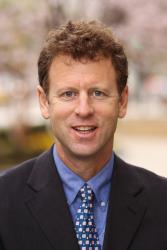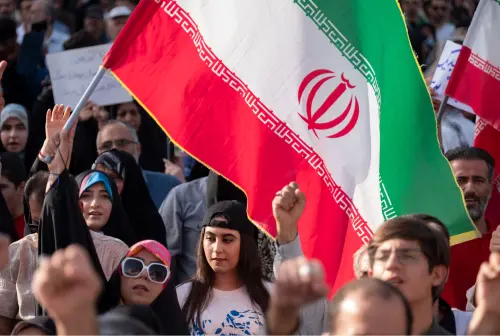

10:00 am EDT - 11:00 am EDT
Past Event
The president’s Interim National Security Guidance states that in the Middle East, “we will right-size our military presence to the level required to disrupt international terrorist networks, deter Iranian aggression, and protect other vital U.S. interests.” Against this backdrop are many questions concerning how the U.S. can balance its military commitments in the Middle East while also prioritizing longer-term progress. Is the current force posture necessary to support a more limited view of U.S. interests in the region, and are these commitments sustainable? Do current commitments in the region create unnecessary risks and constrain strategic choices to prepare for the future? What are the long-term trade-offs of more, or less, U.S. presence in the Middle East?
On April 19, Foreign Policy at Brookings convened a panel of practitioners, academics, and policy experts to address these key questions and discuss what a sustainable military presence in the Middle East looks like. Questions from the audience followed the discussion.
Viewers submitted questions via email to [email protected] or on Twitter using #USMiddleEast.
Panelist



Ryan Hass
July 1, 2025

Mara Karlin, Fred Dews
June 24, 2025

Suzanne Maloney
June 22, 2025